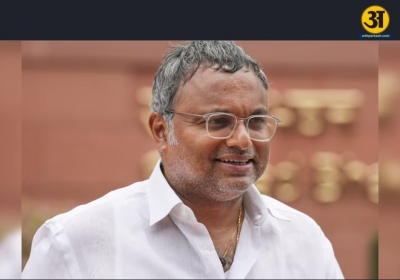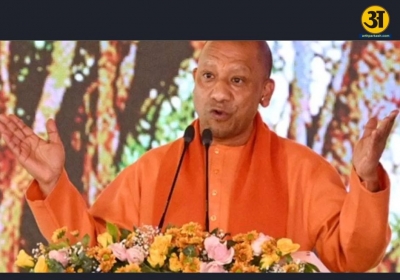.jpg)
Himachal OKs 12% uniform stamp duty rate
Himachal Pradesh Cabinet approves uniform 12% stamp duty across the State
The Himachal Pradesh cabinet, led by Chief Minister Sukhvinder Singh Sukhu, has decided on several important changes and policies. One major decision was to implement a uniform stamp duty rate of 12% for transfer and lease transactions under Section 118(2)(H) of the Himachal Pradesh Tenancy and Land Reforms Act, 1972. This change will be introduced through an amendment to Schedule 1A of the Indian Stamp Act, 1899. The uniform rate aims to simplify and standardize the process.
In an effort to protect the environment, the cabinet approved a ban on tree felling except for species like safeda, poplar, and bamboo. The felling of khair trees for sale will be allowed under a 10-year program. Additionally, the area around Tara Devi Temple in Shimla district will be designated as a green area to ensure environmental preservation.
The cabinet also reiterated its request to the central government for financial support for the Kishau Multipurpose Project. It proposed adopting a 90:10 funding formula for the power component, similar to the water component, or providing a 50-year interest-free loan to cover the state’s share.
Energy projects and green initiatives
The cabinet decided to delegate the responsibility for allotting and monitoring hydro, solar, and other green energy projects to the energy department. This includes projects above 5 MW and emerging technologies like green hydrogen, biomass, and pumped storage.
One significant green initiative is the establishment of a 1-MW green hydrogen project in Nalagarh by the Himachal Pradesh Power Corporation Limited (HPPCL). To support green energy, the cabinet introduced a development charge for pumped storage projects. Developers will pay ₹2.5 lakh per MW annually for the first 10 years after commissioning, increasing to ₹5 lakh per MW annually thereafter.
ALSO READ: Himachal CM unveils online platform for SHG products, launches seven food vans
ALSO READ: Himachal Govt allocates ₹1,570 crore to transform health sector: CM announces
The cabinet honored former Prime Minister Dr. Manmohan Singh by renaming the Himachal Pradesh Institute of Public Administration (HIPA) as Dr. Manmohan Singh Himachal Pradesh Institute of Public Administration. A two-minute silence was observed to pay tribute to his contributions. The cabinet highlighted his role in key state projects like the Atal Tunnel, IIT Mandi, and medical colleges.
Support for families and new BPL criteria
The cabinet approved the inclusion of vulnerable families under the Below Poverty Line (BPL) list. This includes families with no adult members aged 18 to 59, families headed by women, or those with a head having a disability of 50% or more. Families who worked at least 100 days under the Mahatma Gandhi National Rural Employment Guarantee Act (MNREGA) in the previous year and families with members suffering from chronic illnesses such as cancer, Alzheimer’s, or Parkinson’s were also added to the list.
Several administrative decisions were taken, including creating 10 junior office assistant (IT) posts for the Himachal Pradesh Public Service Commission in Shimla. The Centre for Development of Advanced Computing (C-DAC) was selected to conduct computer-based tests for Group-C posts under the Himachal Pradesh Rajya Chayan Aayog in Hamirpur.
The cabinet approved upgrading Panchrukhi sub-tehsil in Kangra district to a full tehsil. New sub-tehsils will be opened in Dhamwari (Shimla district), Saho (Chamba district), and Chachiyan (Kangra district). A new block primary education office will be established in Rohnat, Sirmaur district, by splitting the existing office in Shilai.
The cabinet also decided to transfer the charge of three gram panchayats — Matyal, Kudal, and Dhadol — from Lambagaon block to Baijnath in Kangra district. The Rathal Jatar Mela in Shimla district was declared a district-level fair.
The Baddi-Barotiwala Nalagarh Development Authority Land Pooling Policy, 2025, was approved to boost development in the region. This policy aims to streamline land pooling processes and promote regional growth.
In conclusion, these cabinet decisions reflect the government’s focus on simplifying administrative processes, supporting vulnerable families, promoting green energy, and protecting the environment.


.jpg)


